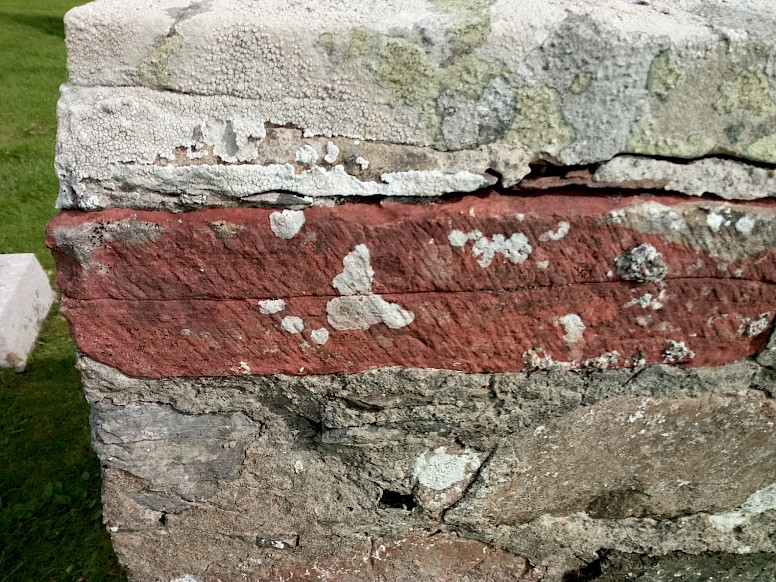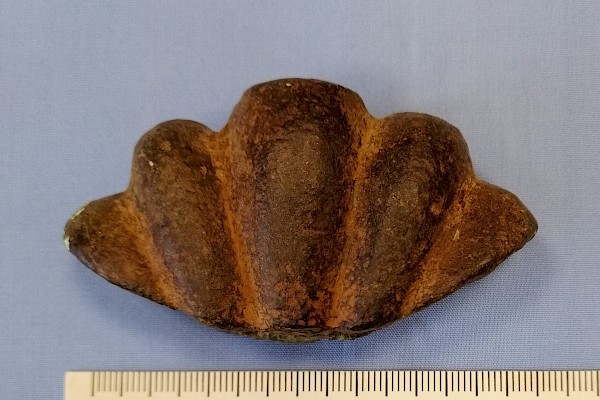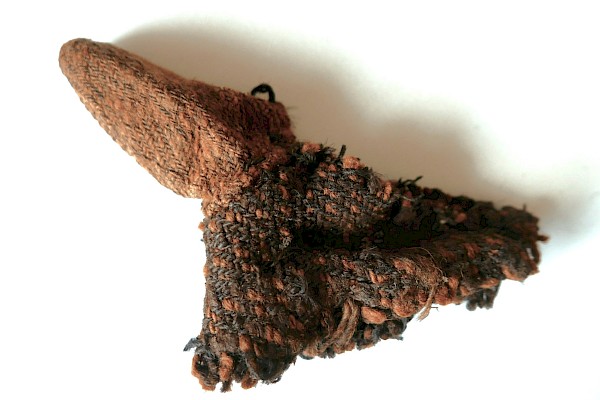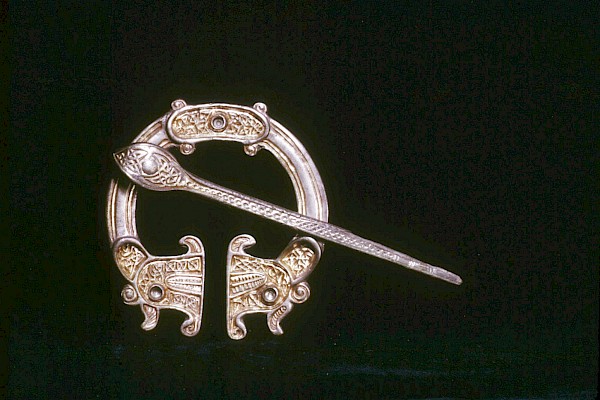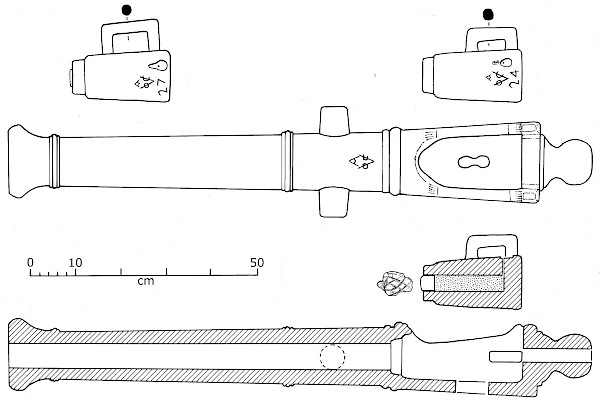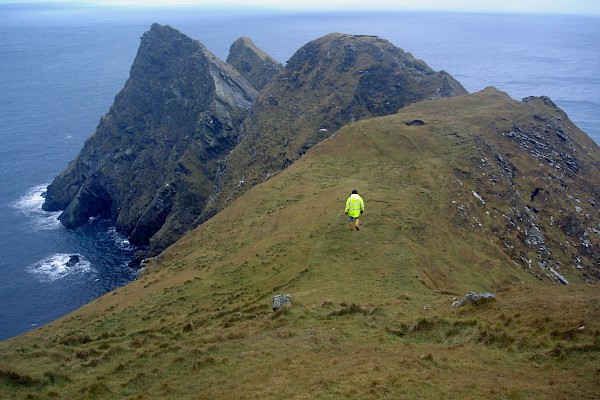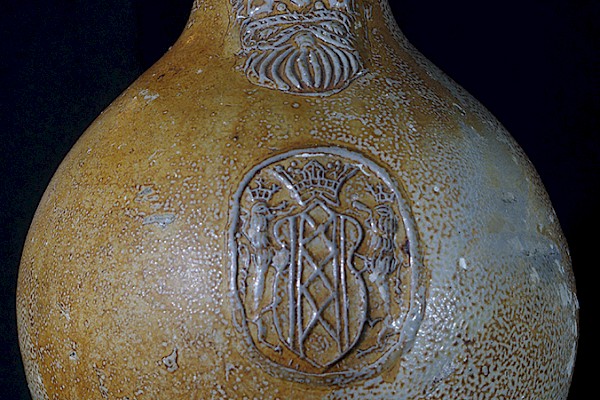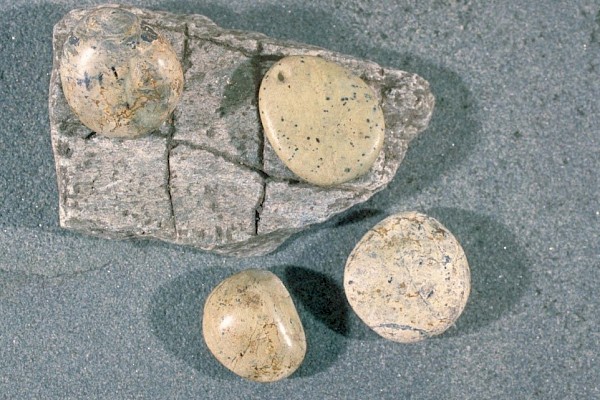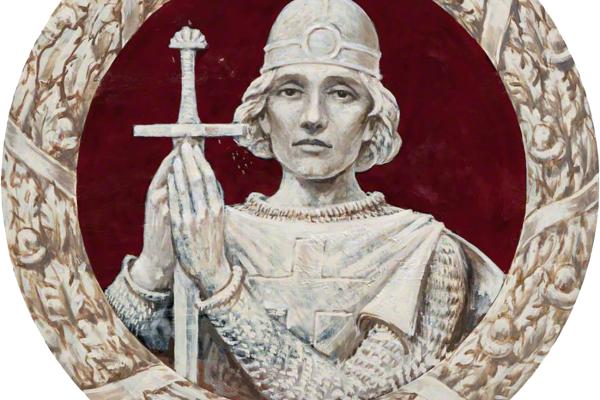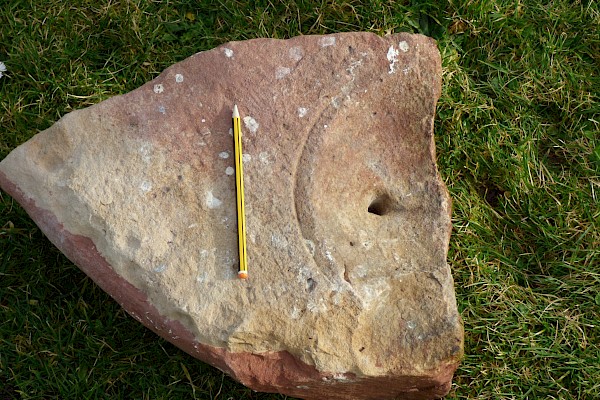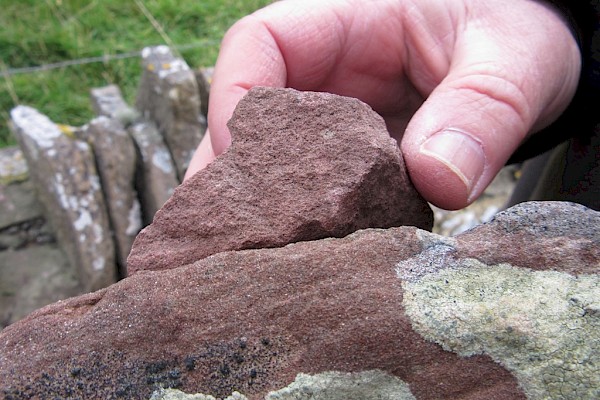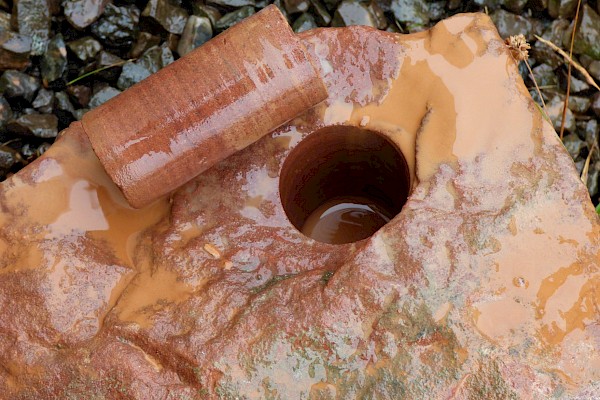The mystery of the three Kirks
A small bright red sandstone altar found recently at Eshaness has sparked a mystery here at the Museum.

We were preparing the altar for exhibition at the Museum when local geologist Allen Fraser popped by and pointed out the stone was not from Shetland, and most likely from Orkney. So the spark of interest was ignited and together we have turned detectives to see if we could find some clues to why it was brought to the islands.
Within the museum’s archaeology collection are other pieces of church furniture made from stone that is not local. This includes a block from the former St Mary’s Kirk in Ireland, Bigton. All that remains of this church is the place name ‘Steeple Green’. Vivid red sandstone has also been found in the Kirks of St Laurence in Papil, Burra and St Magnus in Tingwall. Both have it in their fabric, remnants of the older Kirks which were demolished in the 18th century. Folklore surrounding the three kirks suggests they were gifted to the islands by three Norwegian sisters.
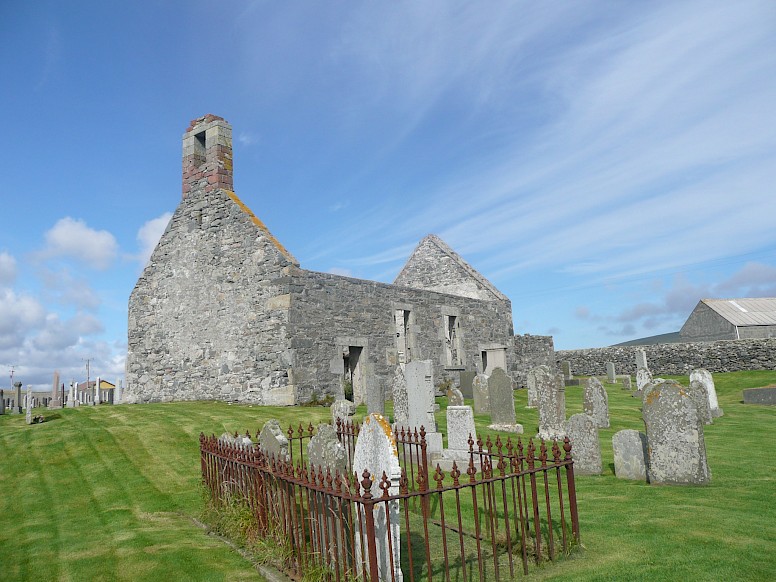
We have now secured a grant from Museum Galleries Scotland’s Small Project Fund to further investigate the possible use of Orcadian sandstone in the building of these three 12th century towered kirks.
It is believed these kirks were constructed, or refurbished, around the same time as St Magnus Cathedral was being built in Kirkwall, to house the saintly relics of Saint Magnus. To cut a long story short (more to follow later!), Earl Magnus Erlendsson, was duped by his rival cousin Hakon Paulsson and killed in Egilsay, Orkney around 1117. The Orkneyinga Saga records life during this period and stories of miracles following the death of Magnus, including the field turning green around the rocky and barren spot where he died. Twenty years after his murder, and numerous miracles being recounted, Bishop William of Orkney sanctified Earl Magnus and work on the cathedral, built to house his relics, began in 1137. It was commissioned by his nephew Rognvald Kali Kolsson who had much to gain from the emerging cult surrounding his uncle as church and power went hand-in hand. It is recorded in Orkneyinga Saga that many Shetlanders travelled to Orkney to seek a cure at the shrine of Saint Magnus, which leads us to one theory that Rognvald also ordered the three towered kirks to be constructed in Shetland using the same masonry, being used by stonemasons building the cathedral. This would have furthered the cult of St Magnus here in Shetland, especially if relics of the saint were accessible to the community housed within the three kirks.
We know from historical records and drawings that the Shetland kirks had towers attached similar to the one surviving in Egilsay, Orkney. We don’t know if it was just the towers that were built using the red sandstone, perhaps even just the top section, which would have acted as a beacon, both physically and spiritually within the community.
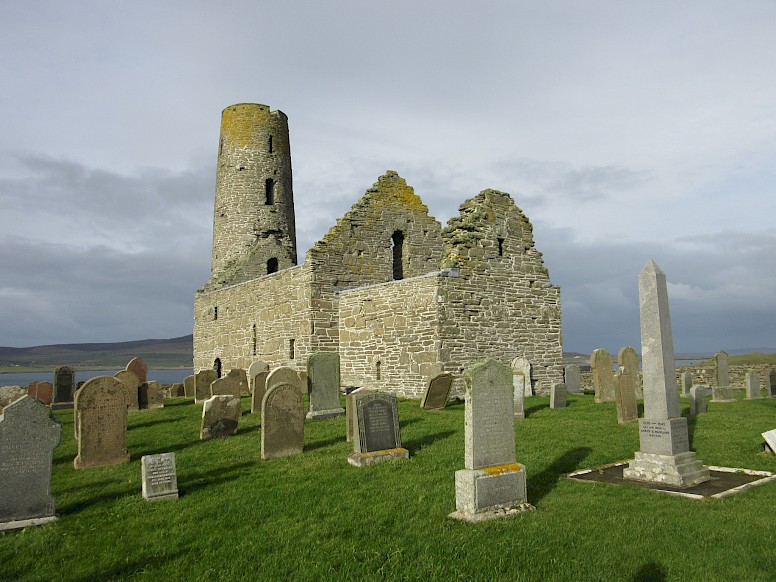
Over the coming months we will share our research journey with you so watch this space!
